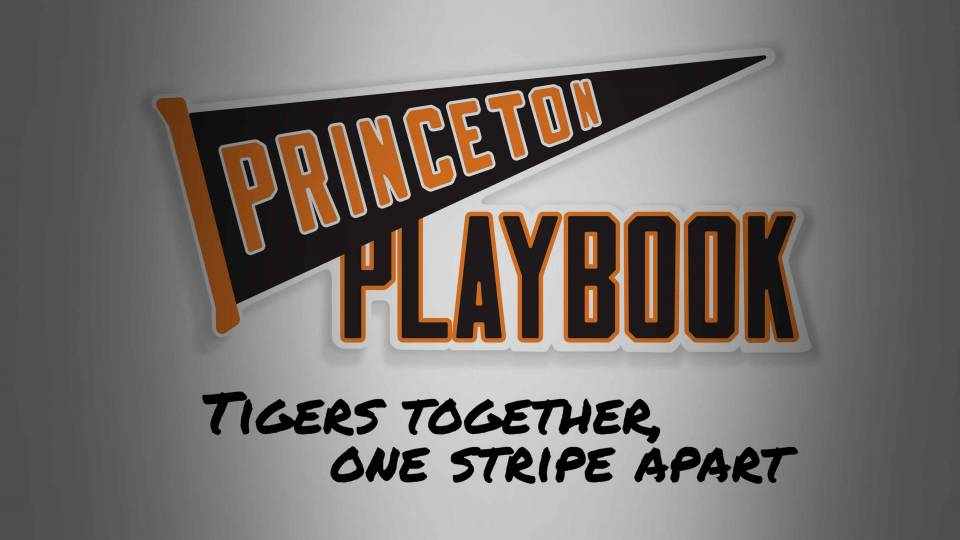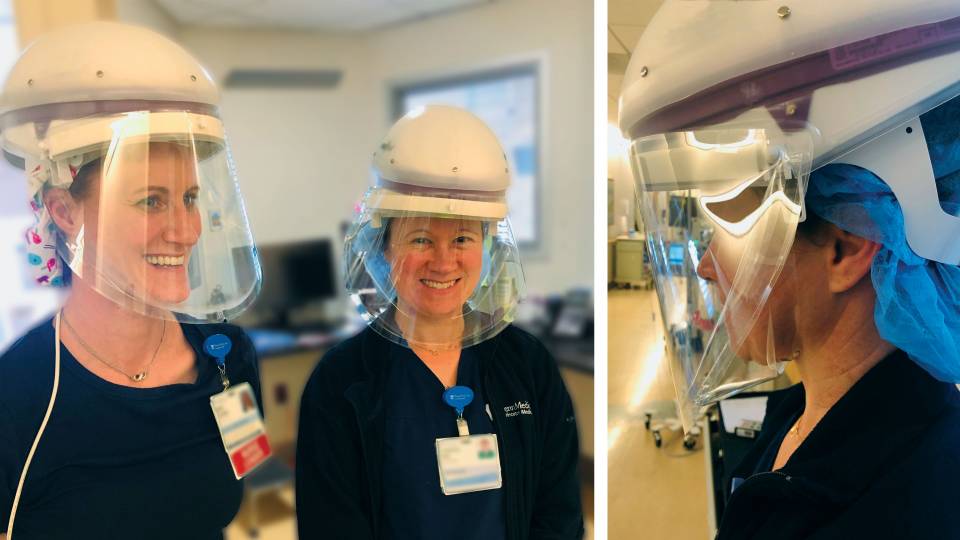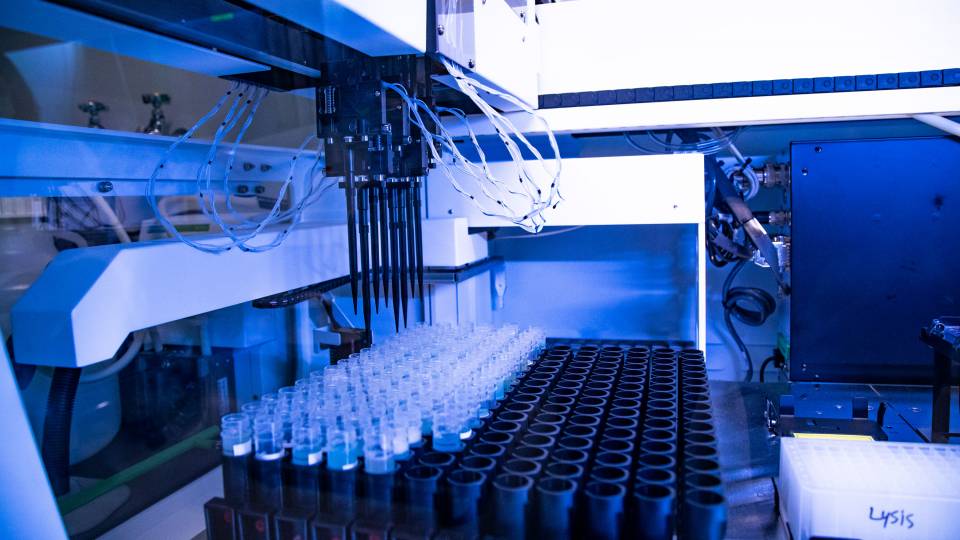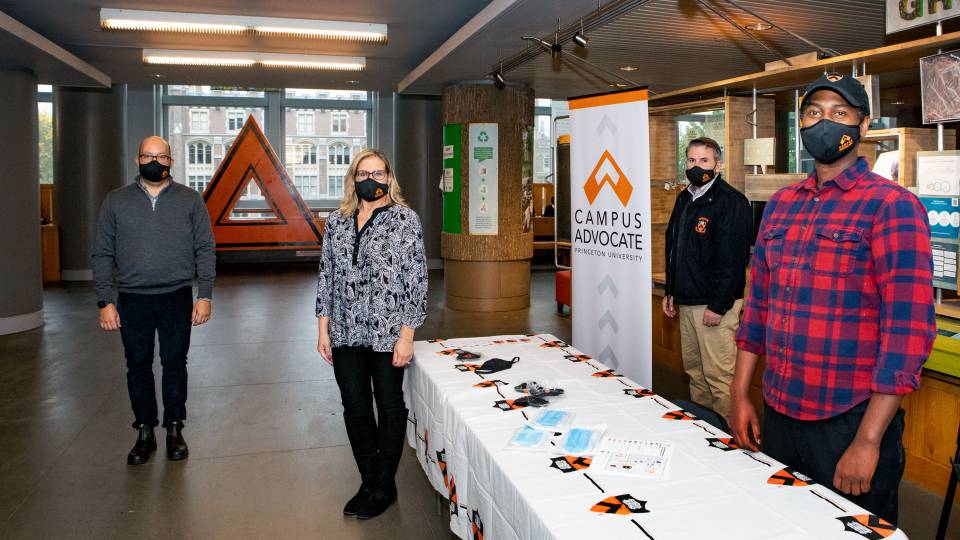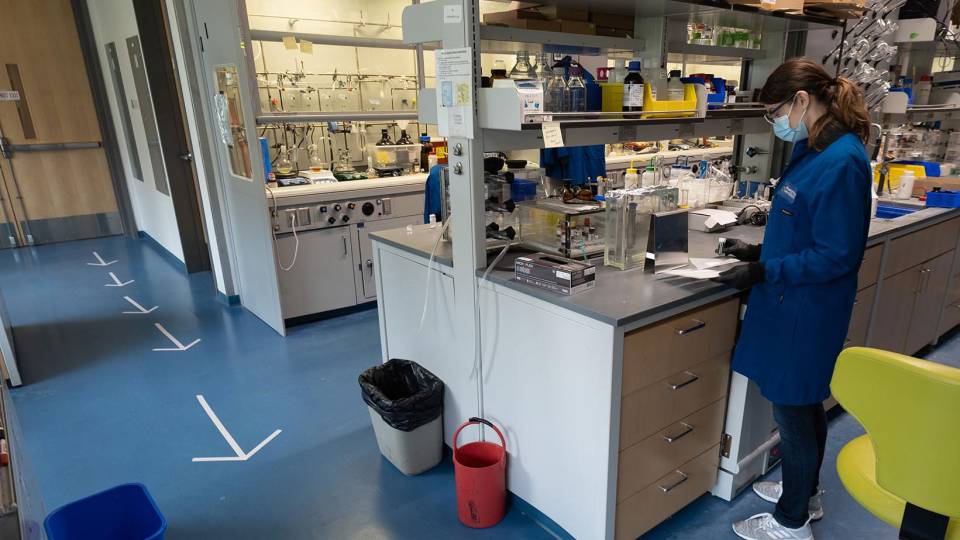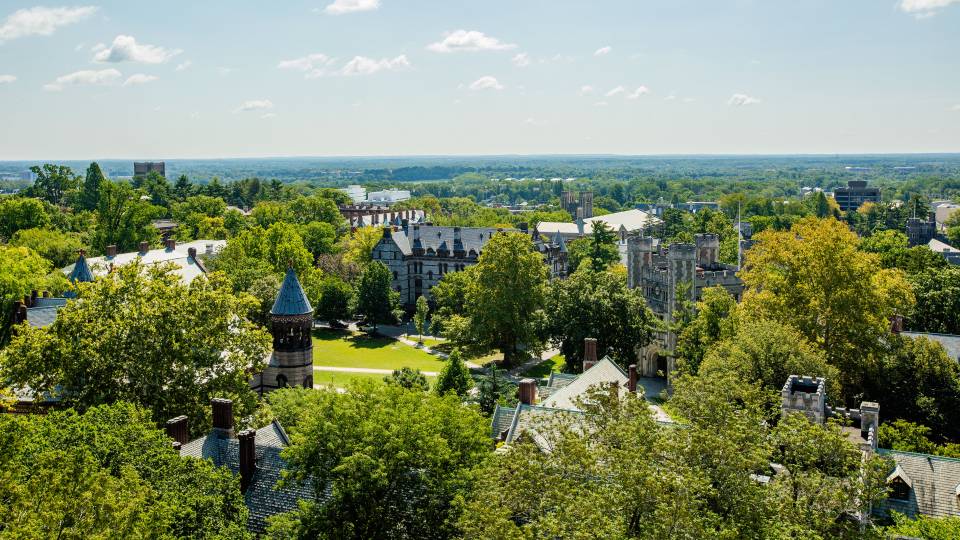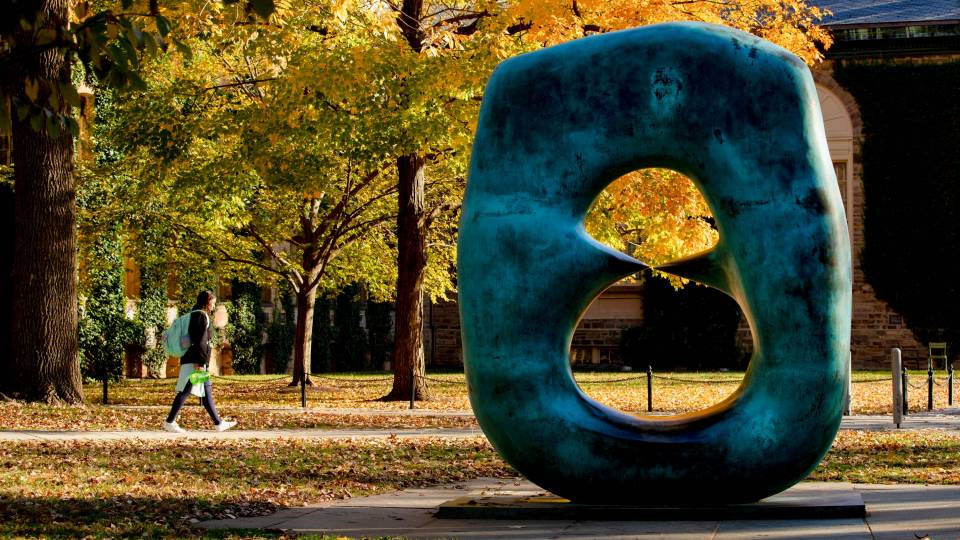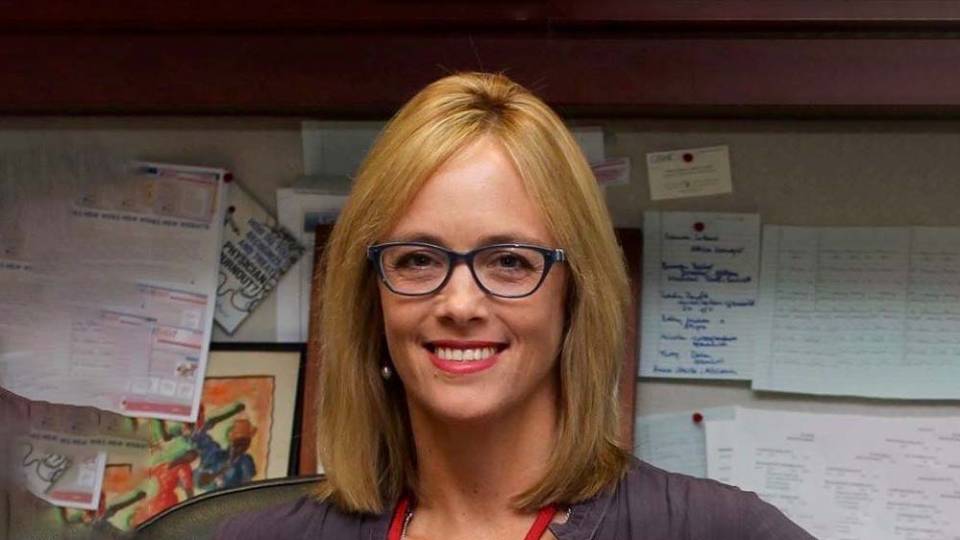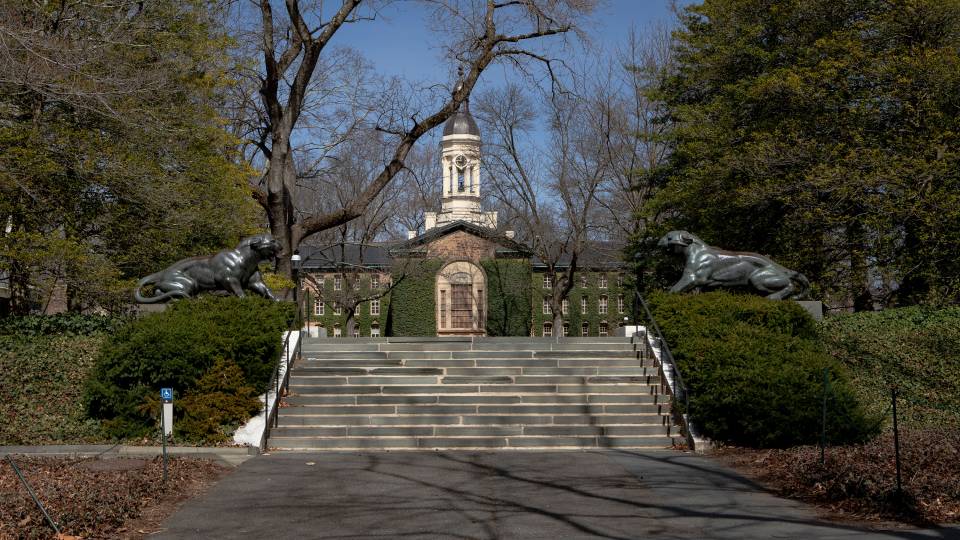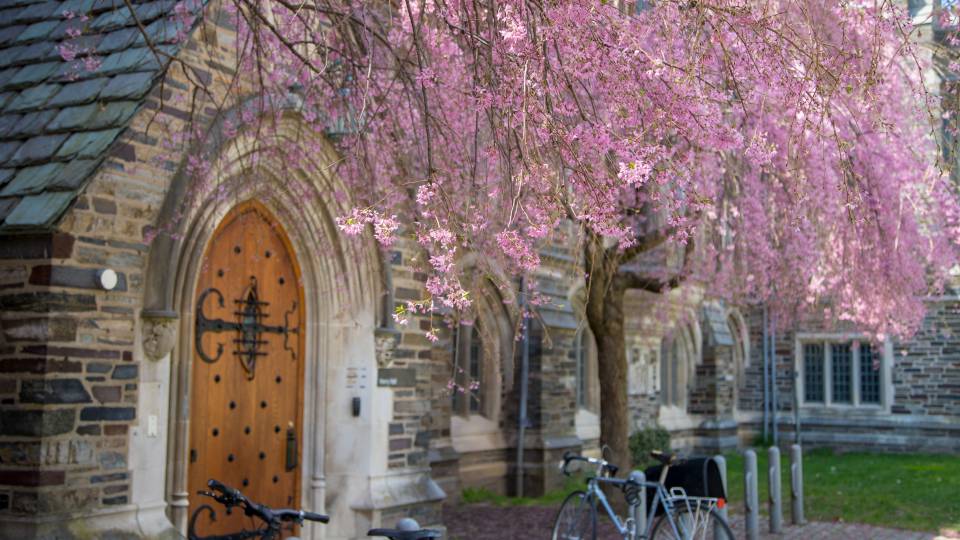Eisgruber reaffirms University’s commitment to fully fund financial aid program, protect staff, and support teaching.
Message to the Princeton Community from Christopher L. Eisgruber
Dear members of the Princeton community,
Eight weeks ago, I asked the University to move instruction online to slow the spread of COVID-19 on campus. My message promised that we would reassess the need for virtual instruction by April 5. In early March, it was still possible to hope that the disruption might prove short-term.
That is no longer so. We confront a durable and damaging public health crisis that will number among American history’s greatest upheavals. I write now to update you about the state of the University and our planning for the year ahead.
I do so keenly aware that this virus has disrupted lives and sown distress throughout our community. Many among us have lost friends or loved ones to COVID-19. Others are struggling to recover from the infection or are experiencing financial hardship as a result of the shutdowns caused by the pandemic. I have heard several heartbreaking stories about the toll this virus has taken on Princeton families. All of you have my deepest sympathies and best wishes.
This crisis has required us to do hard things already, and I am grateful to all of you—faculty, staff, students, and alumni—who have stepped up to help the University and your local communities. There are undoubtedly more hard things to come. That is, I know, an unwelcome thought. The pandemic came upon us swiftly, and its impact and duration are in many ways tough to grasp. As we look ahead, it is important to assess honestly the difficult challenges that confront not only our University, but our country and indeed the world.
In its early days, the pandemic seemed to many of us like a terrible storm or natural disaster. Metaphors about “waves of infection” and “sheltering in place” reinforced that idea. These comparisons, however, fall short of capturing the crisis we face. Storms and natural disasters are sudden events. The recovery process, even when long and difficult, takes place after the event has occurred. The pandemic will not pass quickly. We cannot simply hunker down, pick up the pieces, and return to normalcy.
Neither is the pandemic a war, but its damage, its pervasive impact on our lives, and the shared responsibilities for sacrifice and action that it imposes upon all of us are more akin to wartime than to a natural disaster. The virus has already claimed the lives of more New Jersey residents than World War I, the Korean War, and the Vietnam War combined. Unemployment percentages have risen to levels not seen since the Great Depression. Our most basic tasks, like grocery shopping, have changed overnight. Ordinary recreations, like going to the theater or a ballgame, are forbidden. The pandemic is not a storm that we can wait out, but instead a global struggle that demands the commitment and energy of our society and societies around the world.
Our collective efforts have helped to “flatten the curve” of infections in New Jersey, and it is tempting to hope that we might soon vanquish the virus and return to normal. Epidemiologists and public health experts tell us, however, that until we have either a vaccine or “herd immunity,” the virus will continue to spread. We must prepare for the possibility that new outbreaks will flare in the months ahead, and we must do so when much is still unknown about the disease, its short- and long-term effects, and its treatment. We will be dealing with COVID‑19 for months or longer. This University, like all of America and the world, must proceed accordingly.
To plan successfully in the face of so much uncertainty, we will have to be steadfastly faithful to Princeton’s teaching and research mission; firmly committed to protecting the health and safety of our community; and ready to respond to new information as it becomes available. Our goal will be to restore Princeton’s on-campus, in-person research and teaching enterprise as soon and as fully as is consistent with sound public health principles.
Our ability to restart our in-person teaching and research will depend upon whether we can do so in a way that respects public health and safety protocols. Dean for Research Pablo Debenedetti and University Librarian Anne Jarvis are chairing committees to ensure that we can safely and responsibly reopen Princeton’s laboratories, libraries, and other facilities when state law permits. We are optimistic that we can do so, and we are also optimistic about resuming on‑campus graduate advising and instruction this summer and in the fall. Exact dates may vary from program to program, and we will provide additional information as it becomes available.
Undergraduate education presents more vexing questions. On the one hand, everyone at this University values in-person academic engagement and the co-curricular and extracurricular experiences that accompany it. We want to restore residential education as soon as we safely can. On the other hand, the interpersonal engagement that animates undergraduate life makes social distancing difficult. That is partly because undergraduates live in close proximity to one another, but even more fundamentally because they mix constantly and by design in their academic, extracurricular, and social lives.
Many people have pointed out that COVID-19 infections are rarely fatal or even severe in people as young as our undergraduates. That appears to be true, though much remains unknown about the disease. Young people can, however, spread the virus to others. Rapid spread on our campus could require us to quarantine large numbers of students or place additional strains on the local healthcare providers. To bring back our undergraduates, we need to be confident of our ability to mitigate the health risks not only to them, but also to the faculty and staff who instruct and support them, and to the surrounding community.
We do not yet know enough about the path of this pandemic, and the medical response to it, to determine whether that is possible. For example, we do not know whether quick and accurate testing for the virus will be available in the fall. We do not know whether we will have anti-viral remedies that could reduce the lethality of the disease for those who contract it. We do not know how many people on campus and the surrounding community have already been exposed to the disease and might be immune to it.
We want our decision to be as fully informed as possible. We will undoubtedly learn more about the course of the pandemic, and about the techniques available to combat it, over the next two months. For that reason, Princeton will wait until early July before deciding whether our undergraduate teaching program will be online or residential in the fall term. I appreciate that this uncertainty can itself add to the distress of this pandemic, but I am convinced that it is the most responsible way for Princeton to proceed.
Over the past weeks, my colleagues and I considered whether to postpone the beginning of the academic term until later in the fall or even until January. Waiting would obviously yield more information, and we could hope that with time would come new advances in testing or treatment for the disease. That is only a hope, however, not a guarantee. The only guarantee is that we would lose teaching time through inactivity. We have therefore decided that we will proceed with the fall semester calendar as currently scheduled, whether we can teach residentially or not.
Regardless of what else happens, Princeton University is committed to offering the best possible undergraduate education consistent with the health and well-being of our community. We are accordingly asking faculty members to begin planning now under the assumption that their classes will be online in the fall. In the event that we are able to resume residential instruction, we will be able to pivot quickly back to the instructional techniques more familiar to all of us—though we should anticipate that even if we can return to on-campus instruction in the fall, University life will be subject to significant restrictions for as long as the pandemic continues.
Our deans will soon write to all faculty to inform them of new resources available to support their teaching in the year ahead. We have talked to Princeton faculty and students about the six weeks that we spent online this spring and about how to enhance the remote teaching and learning experience. They agree that the most crucial ingredient for successful teaching is personal engagement of students with faculty, teaching assistants, and one another, and that sustaining this engagement requires additional effort and more instructional resources in a remote environment. Such connections are the heart of Princeton’s teaching model, and we will be hiring additional preceptors and teaching assistants so that we can fortify those connections if we are teaching remotely.
We are making these investments because they are critical to our mission and essential even at a time of great economic distress. We have also raised stipends for the upcoming year to support our graduate students, and we will continue to meet the full financial need of every undergraduate student at the University. Meeting these needs will, however, require strict budget discipline and trade-offs across the University, and I want now to say something about our economic outlook.
This public health crisis and the economic chaos accompanying it have affected all of the University’s revenue streams: ailing markets have diminished endowment returns, giving has declined despite the spectacular loyalty and generosity of our donors, indirect cost recoveries are down because we have suspended laboratory research, and the University loses room charges when its dormitories stand empty. At the same time, Princeton has taken on new expenses to support remote instruction and to increase financial aid to families adversely affected by the crisis.
Princeton is blessed to have an exceptional endowment, built up through the generosity of our donors, leveraged by the impact of Annual Giving, and sustained over time by the careful stewardship and disciplined spending policies of past generations. That endowment buffers our University from some of the more extreme pressures affecting other institutions of higher education. It helps us to pursue our mission during the crisis and to emerge from it as energetically as possible. But the endowment does not save us from having to make tough choices or exercise financial discipline; indeed, as I have noted already, endowment returns have declined along with the University’s revenue streams.
People sometimes mistakenly regard endowments as though they were savings accounts or “rainy day funds” that can be “tapped” or “dipped into” during hard times. That is an error: endowments are more like lifetime annuities. They must support active operations of the University each year and last as long as the University does.
Our budget model in fact presupposes that we will “tap” or “dip into” our endowment every year. We spend about 5 percent of our endowment each year by design. Put differently, Princeton spends more than $1.3 billion from its endowment every year, including in years where endowment returns are negative. We spend at a rate such that, absent growth, the entire endowment would be gone in 20 years.
This endowment spending accounts for more than 60 percent of the University’s operating revenue every year, supporting a substantial part of faculty salaries, graduate stipends, financial aid, and other budget lines. We have to sustain that level of annual spending forever or radically reduce future expenditures on our core mission.
We believe that an average annual endowment spend rate slightly above 5 percent is in fact sustainable. With this year’s decline in endowment value, however, we expect to be spending more than 6 percent of our endowment. That rate is not sustainable. We therefore need to reduce the University’s operating expenditures, especially because there is a substantial risk that greater economic distress may lie ahead. That is why Provost Deborah Prentice has rightly called for salary freezes, tighter vacancy management, and reductions to non-essential expenditures.
As we make the tough choices required by economic stress, our priorities are clear: we need first and foremost to protect the quality of our teaching and research commitment. We must also uphold this University’s signature commitment to financial aid. We must do that as efficiently as possible so that we can also sustain the community that is so important to this University. We have thus far avoided the kinds of furloughs and layoffs that have taken place at other universities; while we do not know what the future holds, we want to minimize the risk that such actions might be needed in the future.
These times are not normal, nor are they a short diversion, such that we can simply wait for the pandemic to end. This crisis requires that we do rather than merely wait. We must persist through the crisis, pursuing our mission in the face of these unwanted but unavoidable circumstances with courage, grit, and creativity. That will require all of us to do hard things, made all the harder because we cannot take joy and inspiration from friends, classmates, co‑workers, and neighbors in the ways that we usually do. I am confident that this extraordinary University, this fiercely devoted band of Tigers, is up to the challenge, and that we will eventually come through this unprecedented crisis stronger than ever.
With best wishes,
Chris Eisgruber





